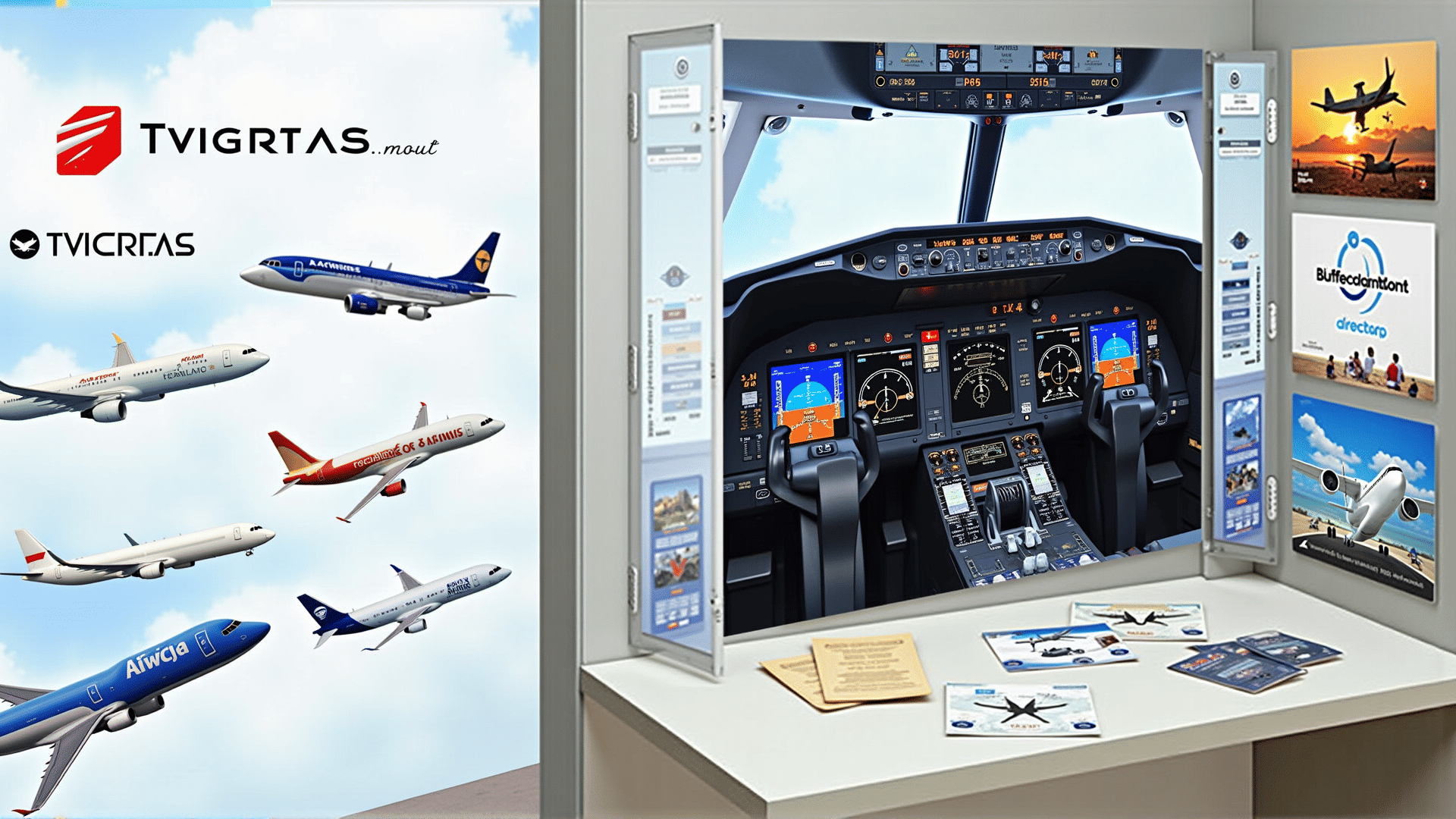In the ever-evolving landscape of modern aviation, graphic design plays an indispensable role that transcends the superficial layers of aesthetics to embed itself as a fundamental component of functionality, safety, and brand identity. From the vibrant, eye-catching liveries that adorn fuselages to the nuanced intricacies of cockpit displays and safety instructions, the imprint of graphic design is ubiquitous and multifaceted.
One of the most visible contributions of graphic design in aviation is in branding and marketing. Airlines thrive on strong brand identities that not only foster customer loyalty but also distinguish them in a highly competitive market. The logo, color scheme, and visual elements seen on aircraft liveries are crucial in communicating an airline's brand story and ethos. A well-designed, memorable livery does more than identify the airline; it invokes emotions and expectations. Every visual detail, from typography to color palette, is curated to ensure consistency and relatability across all platforms—digital ads, print materials, and onboard experiences—enhancing the overall brand image.
In marketing, graphic design becomes a powerful storytelling tool. Airlines utilize compelling visuals in brochures, advertisements, and digital media to convey messages of trust, efficiency, and world-class service. The design of websites and mobile apps is crafted to provide a seamless user experience, guiding potential passengers effortlessly through booking processes and promotions while reinforcing brand themes through cohesive visuals.
Beyond branding, graphic design is pivotal in the operational aspects of aviation, including cockpit displays and interfaces. The complexity of modern cockpit systems demands that information be presented in a clear, legible, and intuitive manner to facilitate quick decision-making and enhance situational awareness for pilots. Ergonomically designed digital interfaces use advanced graphics to depict critical flight data, navigation charts, and system diagnostics. This not only improves efficiency but is integral to maintaining safety standards by reducing the potential for errors caused by information overload or misinterpretation.
Graphic design also extends its influence to the safety of passengers. Aircraft safety cards and in-flight instructions are developed with precision to ensure that they are universally understandable, transcending linguistic barriers. Designers employ simple illustrations and minimal text to effectively communicate safety procedures, thereby enhancing comprehension and compliance among passengers. The strategic use of colors, symbols, and spatial organization in these designs is crucial for maintaining clarity and effectiveness under varied conditions, including low light or during an emergency.
Meanwhile, in airport environments, signage and wayfinding systems provide critical navigation assistance to passengers. The strategic application of graphic design principles ensures that these signs are not only visually appealing but functional, offering clear directions and instructions that help streamline movement within bustling terminal environments. Effective wayfinding reduces stress and enhances passenger experience, which directly impacts the perception of the airport and associated airlines.
Furthermore, graphic design plays a critical role in fostering inclusivity within aviation. By adopting universal design principles, graphic designers ensure accessibility for all passengers, including those with disabilities. The use of high-contrast color combinations, large fonts, and pictograms all contribute to developing materials and environments that are navigable and understandable for everyone.
In conclusion, graphic design in modern aviation serves as far more than an artistic endeavor. It is an essential element that drives efficiency, ensures safety, enhances customer experience, and supports brand strategy. Whether through the detailed precision needed in cockpit interface designs, the strategic aesthetics of marketing materials, or the clarity demanded in safety communications, graphic design is vital to the dynamic realm of aviation, helping to connect people and cultures across the globe.
